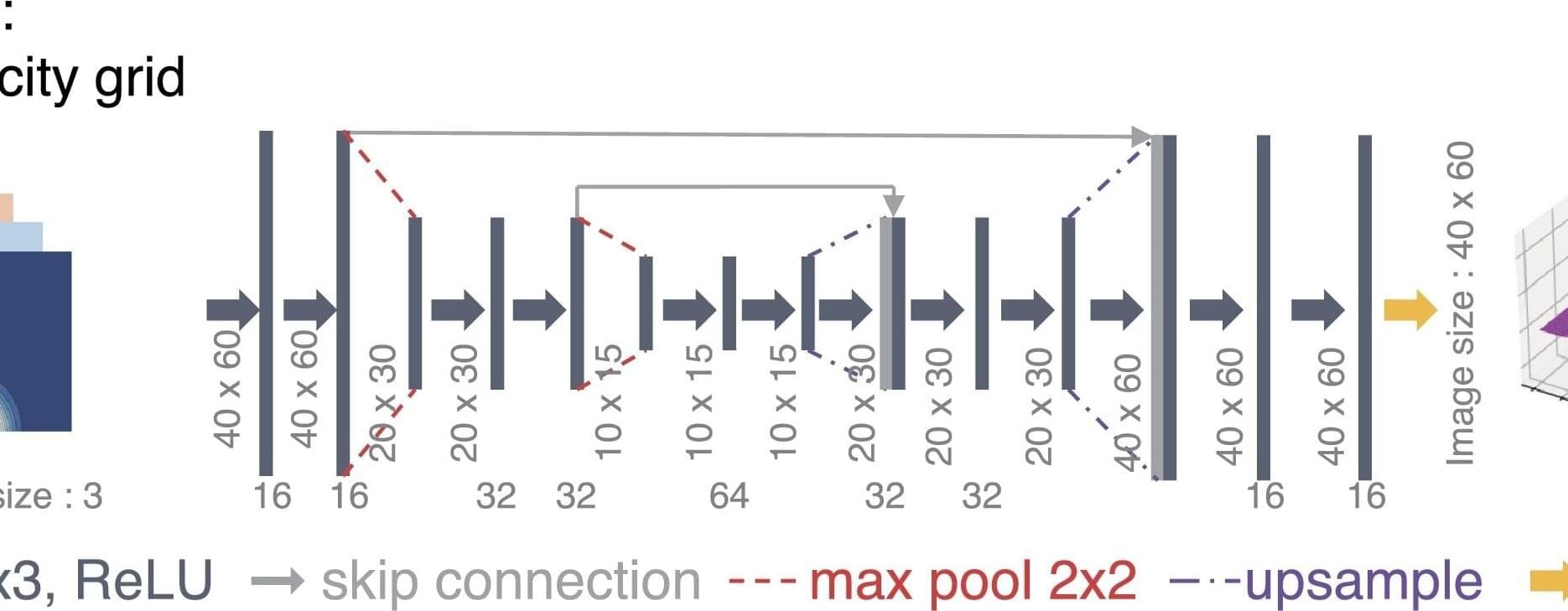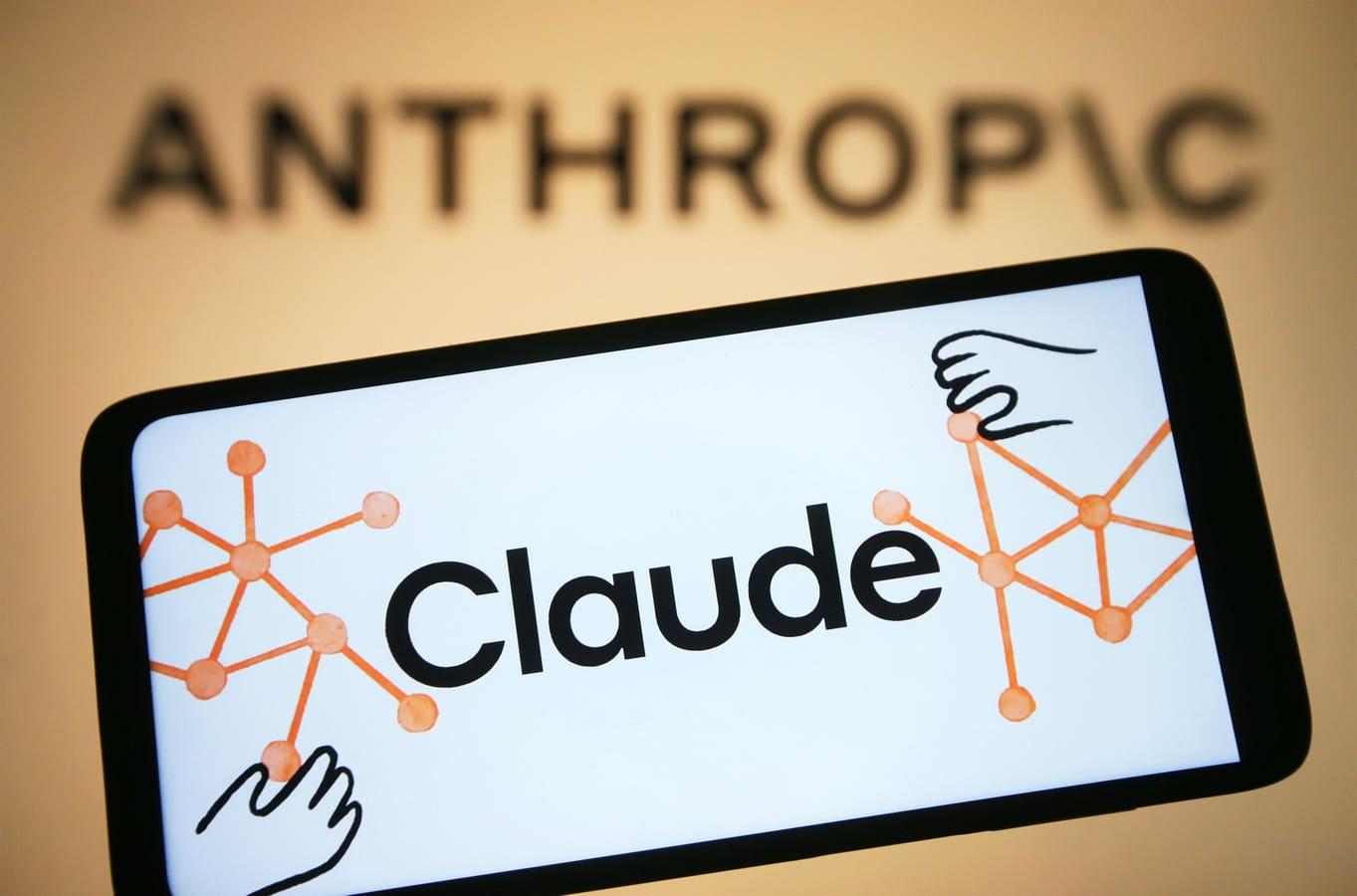A research team, led by Professor Jimin Lee and Professor Eisung Yoon in the Department of Nuclear Engineering at UNIST, has unveiled a deep learning–based approach that significantly accelerates the computation of a nonlinear Fokker–Planck–Landau (FPL) collision operator for fusion plasma.
The findings are published in the Journal of Computational Physics.
Nuclear fusion reactors, often referred to as artificial sun, rely on maintaining a high-temperature plasma environment similar to that of the sun. In this state, matter is composed of negatively charged electrons and positively charged ions. Accurately predicting the collisions between these particles is crucial for sustaining a stable fusion reaction.








